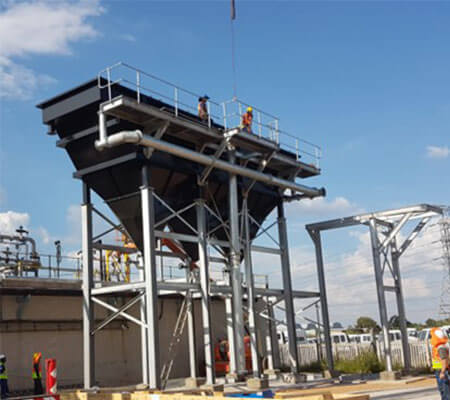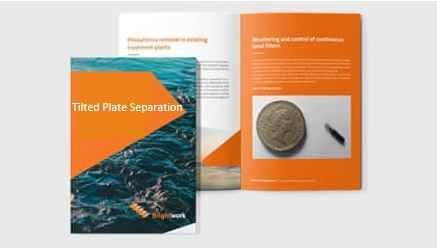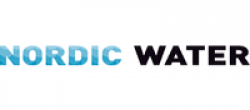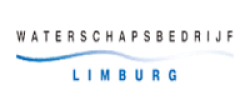Tilted Plate Separation
Tilted plate lamella settlers are used for various settling applications, both primary and secondary settling, creating a large settling area at a small footprint. The technology may be combined with upfront controlled coagulation and flocculation to achieve a high settling performance.
Tilted Plate Separation
Compact
Low footprint and reduced space requirements. Easy to fit in any process scheme.
Controlled collection and discharge of settled sludge.
Range of products to accommodate capacities in the range of 5 – 10,000 m3/h.
Modular
Modular plate packs.
Both stand-alone systems and plate packs for implementation in concrete basins for large capacities.
Standardized flat plate lamella design for counter current settling. Plate packs constructed in both stainless and polypropylene.
Efficient
High performance results in various applications in water and waste water.
Controlled process conditions, no short circuiting, laminar flow, homogeneous flow distribution contribute to stable and high settling efficiencies.
How it works
Water is fed into the tilted plate separator at the lower end. Feed water is flowing up, while solids are settling on the 55 degrees inclined plates, sliding downwards. Settled sludge is collected at the bottom and discharged.
The system is extremely compact: per m2 floor spacing up to 4 – 8 m2 of settling area may be available. Hence the overall footprint is very small if compared with conventional settling.
Modular design
Any required settling area can be accommodated by combining a set of standardized plate packs, fitted into a tank.
The optimum configuration will be determined on the basis of feed flow rate, solids concentration and density, settling rate, sludge volume and required effluent quality.
An application questionnaire may be helpful for designing purposes. If appropriate dedicated settling tests may be useful.

Applications
Primary settling
Primary settling of municipal and industrial waste water, separating both organic and inorganic solids. Primary settling may reduce the organic load to be treated in a downstream biological treatment. Also it proves to be useful to reuse valuable resources, e.g. starch in potato processing plants.
Secondary settling
Secondary settling of municipal and industrial waste water, downstream of biological treatment, separating biomass and releasing effluent, free of solids. Collected sludge is typically recycled to the activated sludge basin to maintain the biomass concentration at the required level. A small portion is discharged as waste activated sludge.
Wash water reuse
Wash water, used to backwash rapid gravity sand filters in drinking and process water production plants is treated by coagulation – flocculation – tilted plate separation. With the intention to reuse wash water and increase the net production of water.
Surface water treatment
Settling of surface water for process water production. Often combined with coagulation – flocculation to remove turbidity, colour, suspended organic and inorganic matter.










